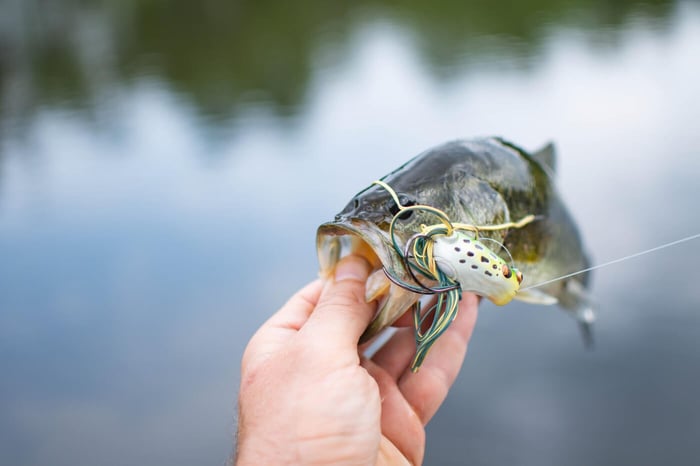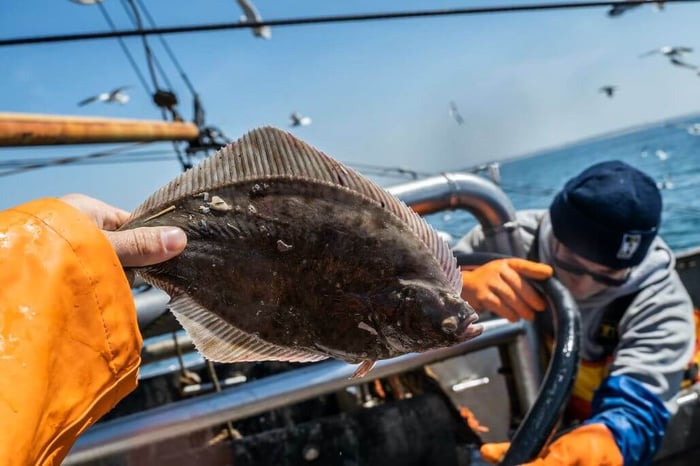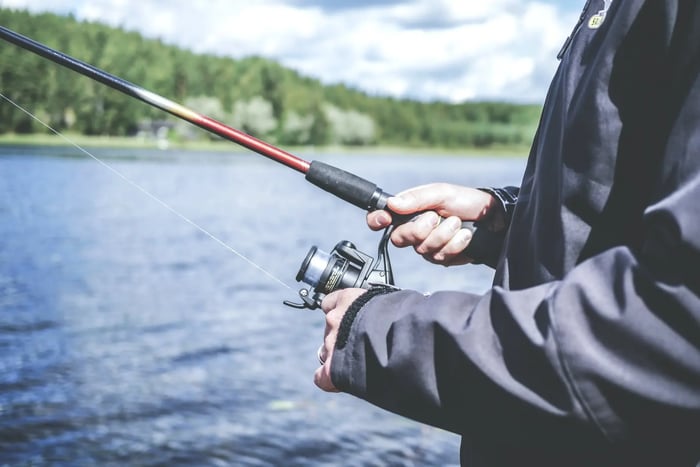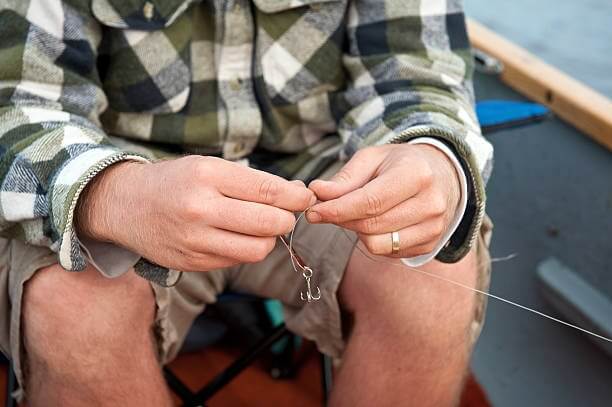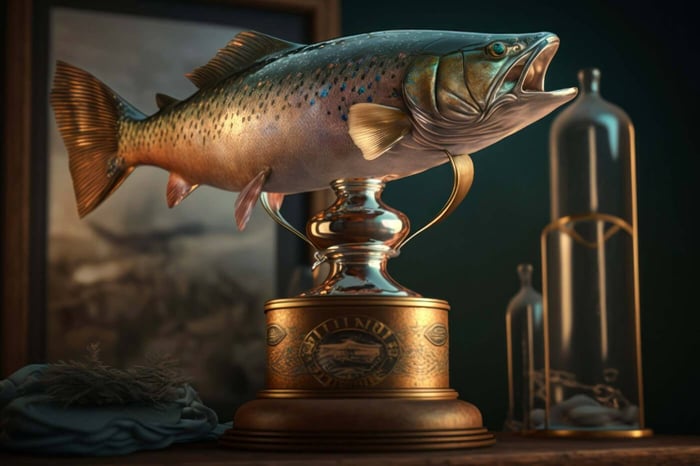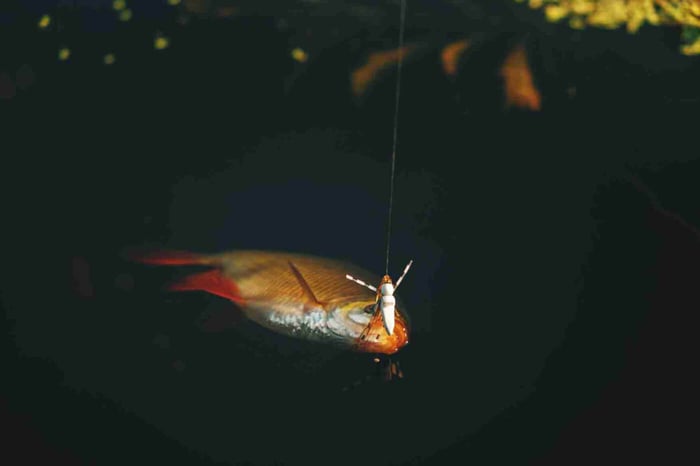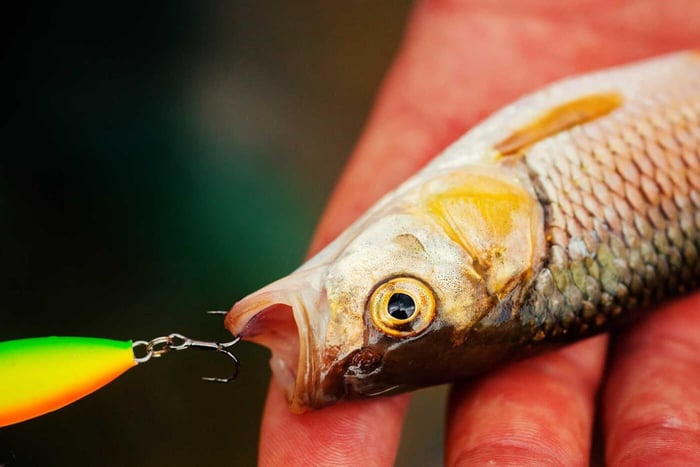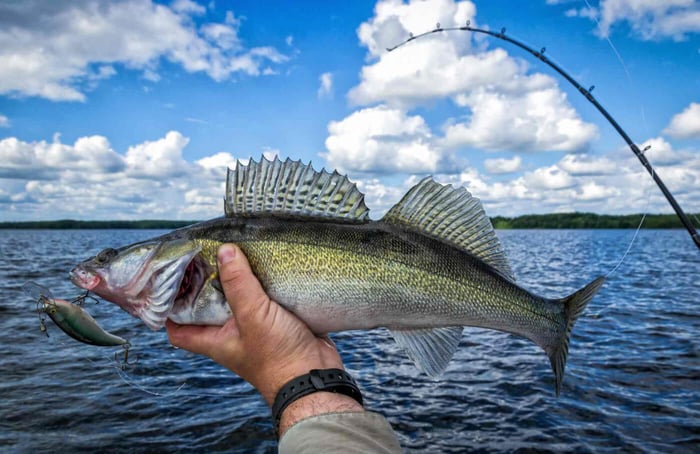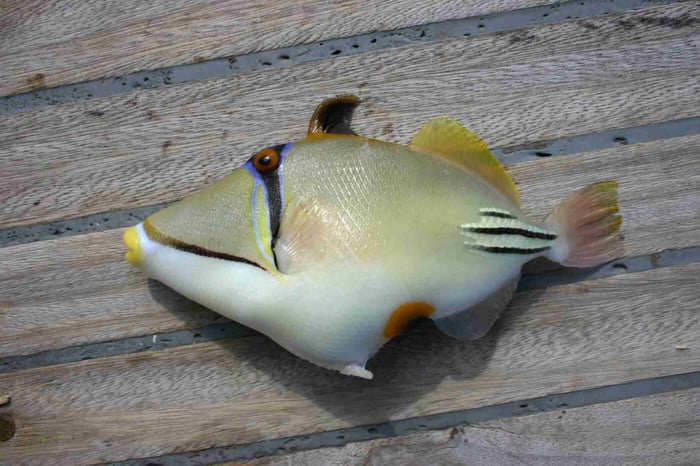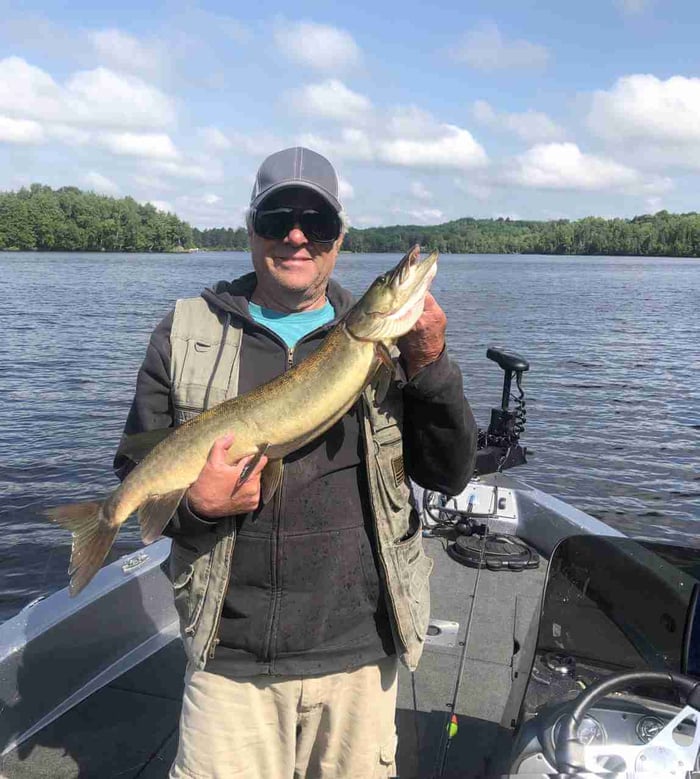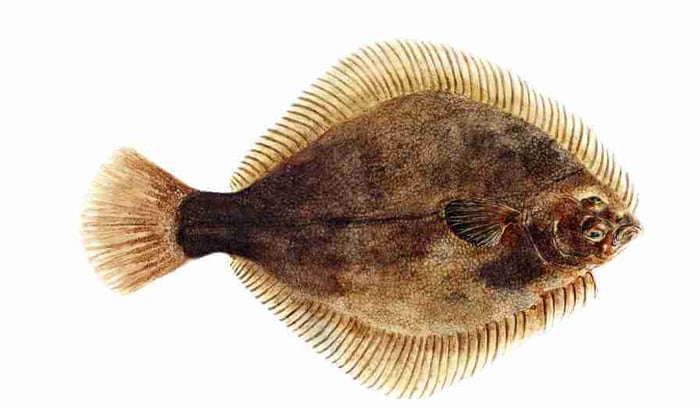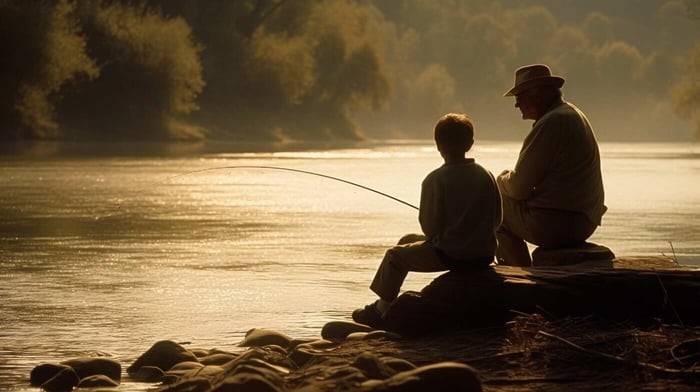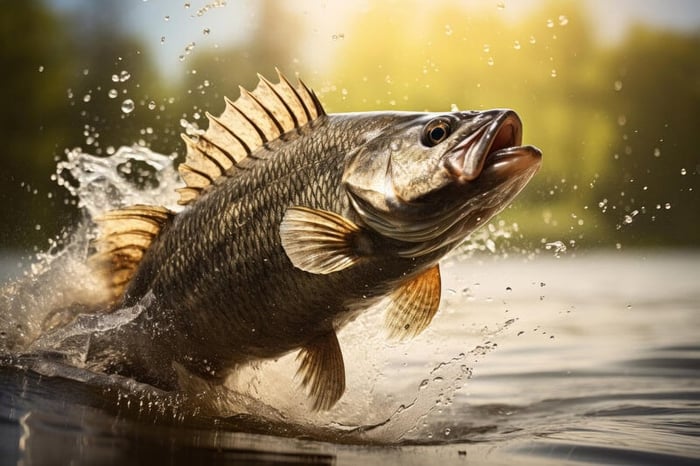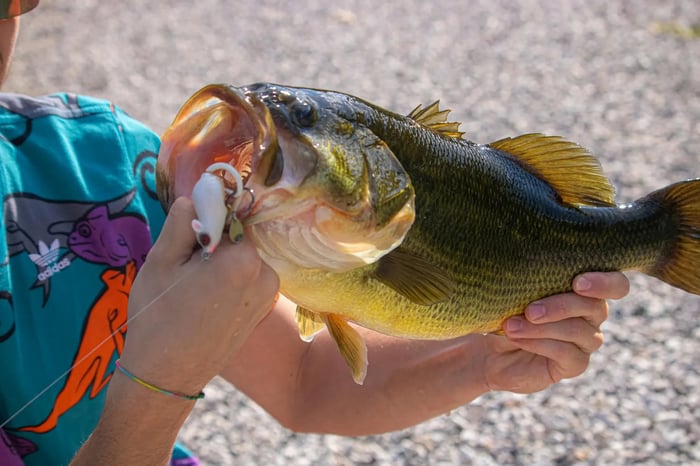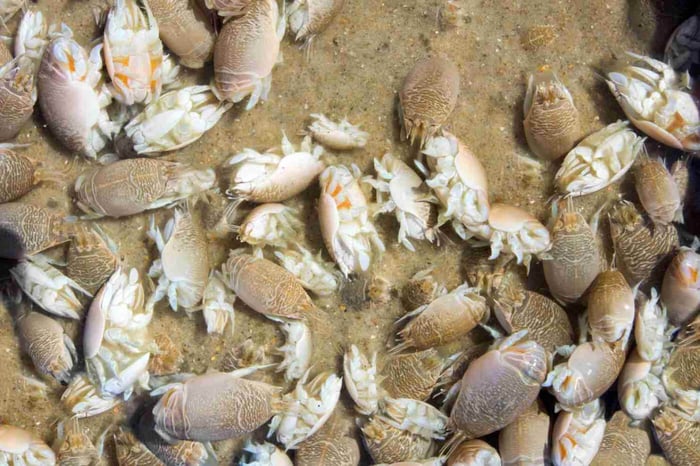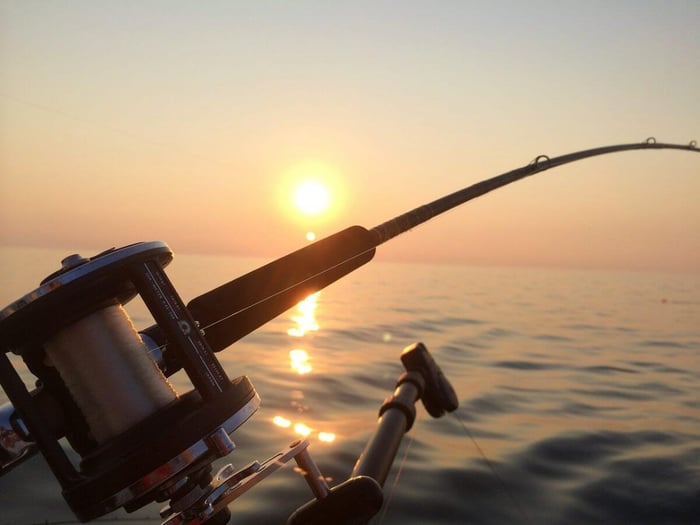ALL ABOUT MUSKY FISH AND MUSKIE FISHING

Do you know how they say you should manage your expectations well when catching muskies during your fishing trip? Well, it is true. Generally, you can't expect to catch muskies in great numbers or even expect that you will catch a muskie every time you go muskie fishing. Even so, muskie fishing is relatively popular among anglers because it has proven to be a very productive fishing activity. Moreover, it requires a great deal of discipline, dedication, patience, and a significant amount of extra time spent in the water.
So, what is a musky fish? A musky fish, scientifically known as Muskellunge (Esox masquinongy), is recognized as an oxygen-sensitive fish. Interestingly, did you know that the name muskellunge originated from the Ojibwe word maashkinoozhe? This means great fish, while maskinoše, or maskinonge, translates to big pike. In fact, before settling on the common English name "muskellunge," they also considered other names, such as muscallonge, muskelunge, muskallonge, milliganong, maskinonge, muskinunge, maskalonge, and masquenongez.
In addition to that, a musky is also perhaps the most prominent member of the so-called pike family. If you look closely, you will notice how a musky greatly resembles other esocids in terms of appearance and behavior. They look and move like the northern pike, as well as the American pickerel. Moreover, their features also resemble those of other defensive pikes. For their bodily structure, they are characterized by an elongated body, a flat head, and dorsal, pelvic, and anal fins located far back on the body. By standard, muskies are usually 28-48 in length (71-122 cm) and 15-36 lb (6.8-16.3 kg) in weight; however, other muskies can also go as tall as 6 feet (1.8 m) and as heavy as 70 lb (32 kg).
If you want to catch some muskies during your next trip, you need to be clear about what type of muskellunge you will aim for. All in all, there are four types: fish-barred muskies, spotted muskies, tiger muskellunge, and clear muskies. Also, you should look around the Great Lakes, as well as all five lakes and their surrounding rivers, because this is where muskies usually thrive. As such, fishing around this area (including the surrounding areas) will give you the best shot at catching these giant muskies.
In retrospect, muskies are one of the most sought-after freshwater fish species in the United States —especially in North America. They may come large, predatory, and aggressive, but you can just set yourself up with the best defense when going for head-to-head combat against them. After all, muskies are also referred to as "the fish of a thousand casts," and if you catch one, imagine the bragging rights you will earn.
Whether you are a beginner or an experienced musky angler, reading through this article will give you the best tips and insights on how to go about your next musky fishing trip. As such, we will get into detail about muskie lures and baits, techniques to catch them, as well as their spawning period and life cycles.
MUSKIE LURES & MUSKIE FISHING BAITS
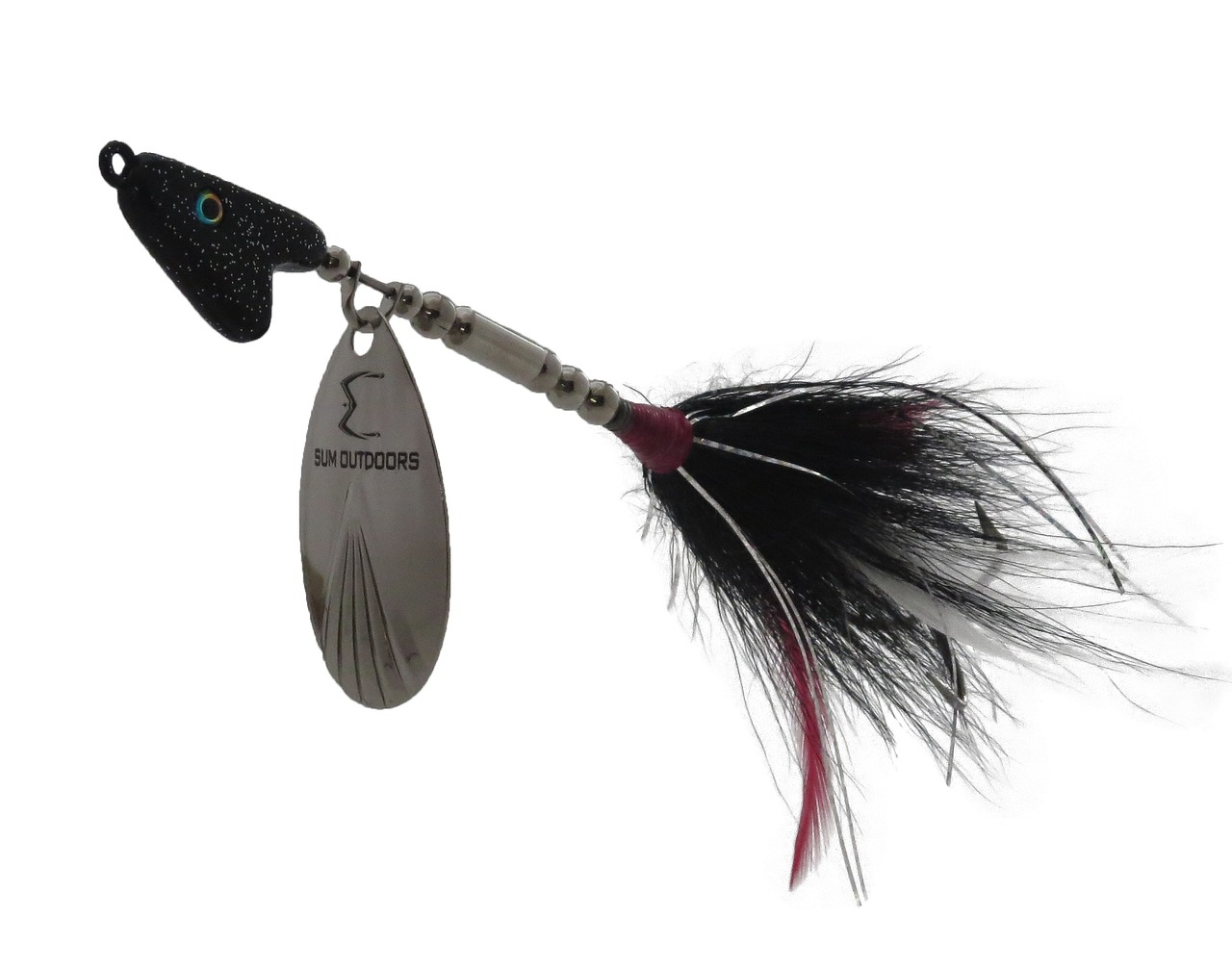
Good news! There are thousands of musky baits that you can choose from. You can either pick small spoons or two-pound soft plastic baits. If you are a first-timer when it comes to musky fishing, learning first how to go about the baits and other lures will be advantageous for you in the long run. Conclusively, you need to know when and where to draw your bait because it functions at different times of the year and under specific conditions.
Listed below are the "must-have baits" for any musky angler.
Musky Fishing Soft Plastics
First on the list are soft plastic baits, which are commonly used by anglers to catch musky. To be frank, they look like any fish a musky would encounter, but still, they are a favorite and go-to bait by most anglers any time of the year because they surely catch fish. Moreover, these baits can be retrieved in different fashions and models, depending on the mood of the muskies. Although traditionally, soft plastics are retrieved in a "pull, pick up the slack, pull" manner. This movement is very effective because it mimics a dying baitfish with its rise-and-fall action.
If there is one thing you should note, it is that muskies do not exert much effort in obtaining their food. Hence, luring them through soft plastics will be like an easy meal for a musky.
For this bait, the leading brands of soft plastics for muskies are Musky Innovations and Chaos Tackle. Particularly, Musky Innovations' Bulldawg and Chaos Tackle's Medusa are the ones that are commonly used in the waters. For recommendations, you can choose the regular, Magnum, and Pounder-sized Bulldawgs. Similarly, it is also advisable to get the regular, husky, and monster-sized Medusae for best results.
Bucktails
Next on the list are arguably the most popular baits used by musky anglers. It is called the bucktails, which are known to produce vibrations in the water, which, in turn, are easily felt by a musky's lateral line. Bucktails can be recovered at any speed, but of course, it depends upon the current circumstances. The most well-known bucktails are double 9 blades and double 10 sharp blades. On the other hand, the popular companies that manufacture and sell these blades are Musky Mayhem, Spanky Baits, and Babson Blade Baits.
Glide Baits
Glide baits are one of the hardest baits to operate properly. However, the moment you get the hang of it, you will soon realize how effective they are in luring muskies any time of the year. Of course, it takes a lot of training to figure out how to work glide baits appropriately, but, fundamentally, you do if you have any desire to build to increase the number of muskies you can catch during your fishing trip. As such, glide baits can be retrieved from a slow side-to-side action to fast and erratic.
Moreover, there are various styles of glide baits. If you want to learn how to use them, try finding a few different baits that you like the action of and can work well with. After all, it is on a case-by-case basis. What works for you might not work for others, and vice versa.
Musky Fishing Topwaters
Topwater strikes are perhaps one of the most violent and invigorating hits you can watch. For one, top waters function well for heart-stopping strikes. Next, they are also very effective to use in fishing muskies as soon as the water has warmed up. In this case, using prop-style, as well as the "walk-the-dog" topwater baits, are two must-have baits that every musky angler should invest in.
For prop-style baits, such as the Pacemaker, retrieve it in a straight crank manner. On the other hand, "walk-the-dog" topwater baits, such as the Weagle, should be retrieved in a side-to-side manner with very minimal hesitation between pulls.
Other Baits
As mentioned above, there are different baits that musky anglers can utilize to earn their catch from crankbaits, swimbaits, and jigs, ranging in all different sizes, shapes, and retrieving mechanisms. As such, these baits are fairly easy to operate and are very effective for musky fishing.
First things first, you should keep a 10-inch STORM Kickin' Minnow in your boat. This is because the bait mentioned above delivers a good retrieving mechanism and looks very realistic, causing muskies to bite into the lure almost immediately. However, when using this lure, you should take extra care of it because the joints between each part or section are only comprised of soft plastic. This means that these lures are very fragile.
The next bait we will discuss is called the paddletail swimbait. These baits are highly energy-efficient because they only require a straight retrieve. Even so, they emit a significant amount of vibration in the water, causing muskies to reel in closer. If you want to pick this bait, you may want to consider Water Wolf Lures' Shadzilla, Musky Innovation's Swimmin' Dawg, and Poseidon by Chaos Tackle, which are proven to be great choices for paddletail baits.
And then, we have here a musky jig, which is an ideal jig, regardless of whether you are into jigging or not. Jigging, in general, is a useful resort in instances where fishing becomes so rough and tough. For recommendation, you may want to include the Shumway Fuzzy Duzzit on your list because it is a great jig choice, especially if you are looking to get your jig noticed by the muskies. This jig emits an intense flow of vibrations with every upward pull. On the other hand, if you want a more subtle option, consider Original Bondy Bait, manufactured by Bondy Bait Company. To conclude, both musky jigs are excellent and have proven to be very effective, so you can rest assured when you make your purchase.
THE BEST WAY TO CATCH MUSKIES
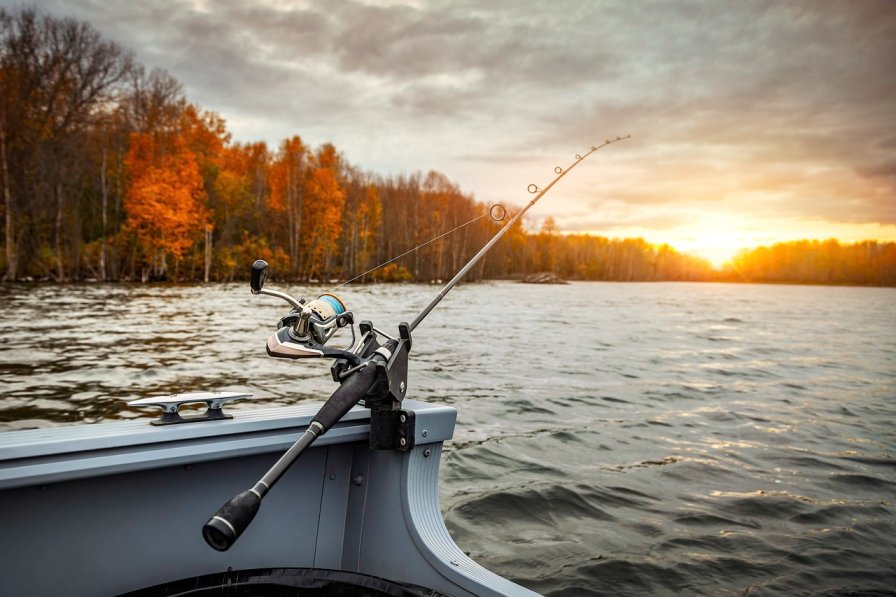
The most used technique for fishing muskies is casting large artificial lures into the water. These lures are typically five (5) to ten (10) inches long, or even longer, whenever deemed necessary. This technique is typically performed while standing in a boat that is either motoring or drifting slowly through the muskies' habitat. As such, it allows musky anglers to explore a lot of water in just a short period. On a side note, it is recommended to avoid prime muskellunge holding areas when fishing in shallow water. If possible, make long casts into these areas to prevent spooking the muskies away.
As we discussed above, musky lures can come in a variety of styles and price ranges. For instance, lures can cost as much as twenty-five dollars or more. You can use bucktails or some flashy spinners, large plastic crankbaits, or floating lures that can perfectly imitate injured prey fish, as well as large soft plastic tube-style jigs. What's more, a lot of musky lures have propellers on them that generate noise and splash when thrown into the water. As for spinners, they often have large blades that generate flashy features and vibrations which lure muskies into the bait even more.
On the other hand, some musky lures are made exaggeratedly big. This is not exactly ideal because muskies usually prey on fish that are nearly half their length. So, double that in size, and you can drive the muskies away.
Another popular method for musky fishing is trolling. This technique is accomplished by using large diving crankbaits that exhibit significant wobble. As such, these baits are "trolled" along weed lines, rocky points, underwater reefs, and other spots where muskies usually reside and settle.
Furthermore, it is in the very nature of muskies to follow a lure and go near the boat without striking it. This phenomenon is called "follows." Hence, you should watch out for a fish trailing your lure. If you think a musky is following through the lure, make sure to make a "figure eight" with your lure at the side of the boat. Additionally, this technique involves reeling your lure to within one foot of the rod tip while keeping the lure submerged, then plunging your rod tip into the water and sweeping it this way and that in a figure-eight motion. By doing this, you can provoke an explosive strike, and the moment it does, you need to stay strong and hold on.
SPAWN AND LIFE CYCLE OF A MUSKY
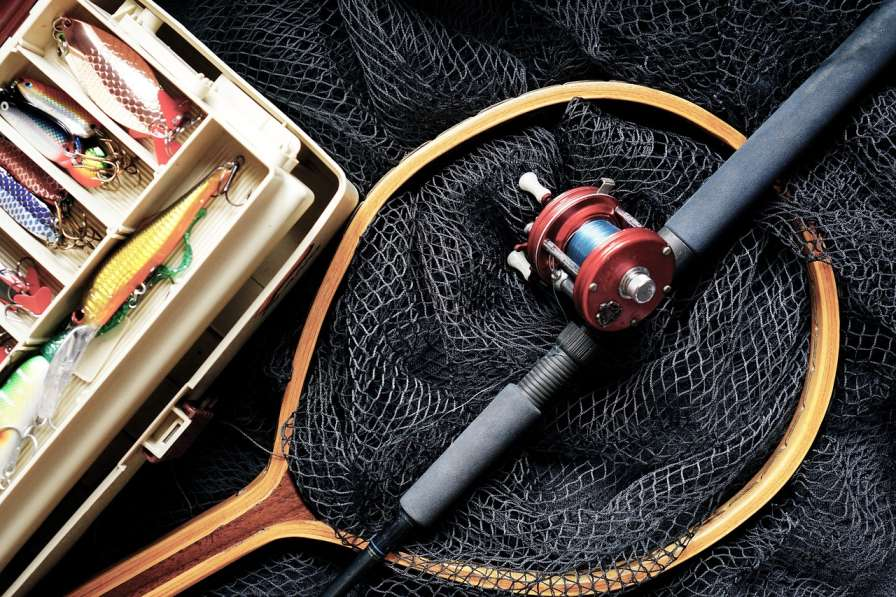
Before getting into the idea of musky fishing, you should first know about the spawning sites and life cycle of a musky. As such, the Muskellunge fish spawns as soon as the water temperature rises, from 50 to 60 degrees Fahrenheit, typically from mid-April to late May. Moreover, they tend to do their early spawn period when the first ice starts to melt. During this time, both female and male fish swim side by side to seek out shallow and warm water spots. In fact, they swim through yards of shoreline together, all the while laying eggs and milt over the bottom at irregular intervals simultaneously. As for a musky female, she can lay eggs between the range of 20,000 and 200,000 in a year. The larger the female musky is, the more capable she is of producing greater quantities of larger eggs.
Typically, the spawning period of a musky only lasts a few days or a week at most. After which, they leave their spawning spots, providing no parental care to their eggs. Also, a musky usually returns to the same spawning areas yearly, so you should watch out for them.
In terms of appearance, muskellunge eggs are distinguished by their amber color, which is typically hatched within two weeks. As such, the newly hatched eggs feed on zooplankton for a certain number of days, then feed on live fish thereafter. Young muskies are considered a prey "food" for northern pike, yellow perch, bass, sunfish, some aquatic insects, and even other muskies. In addition to that, young musky fingerlings grow at least seven (7) to thirteen (13) inches over the summer. They continue to grow rapidly until they reach five years old.
On the other hand, the male musky matures in a duration of four (4) to five (5) years, reaching about twenty-eight to thirty-one inches. While the female musky matures in about five (5) to seven (7) years, reaching about thirty to thirty-six inches in length. When they become adults, they will have no aquatic predators; however, adult muskellunge should still be cautious of diseases, large birds, or human interactions. Generally, the lifespan of a musky typically extends up to eighteen years, but can go up to thirty years in some cases.
CATCH SOME MUSKY ON YOUR NEXT FISHING TRIP
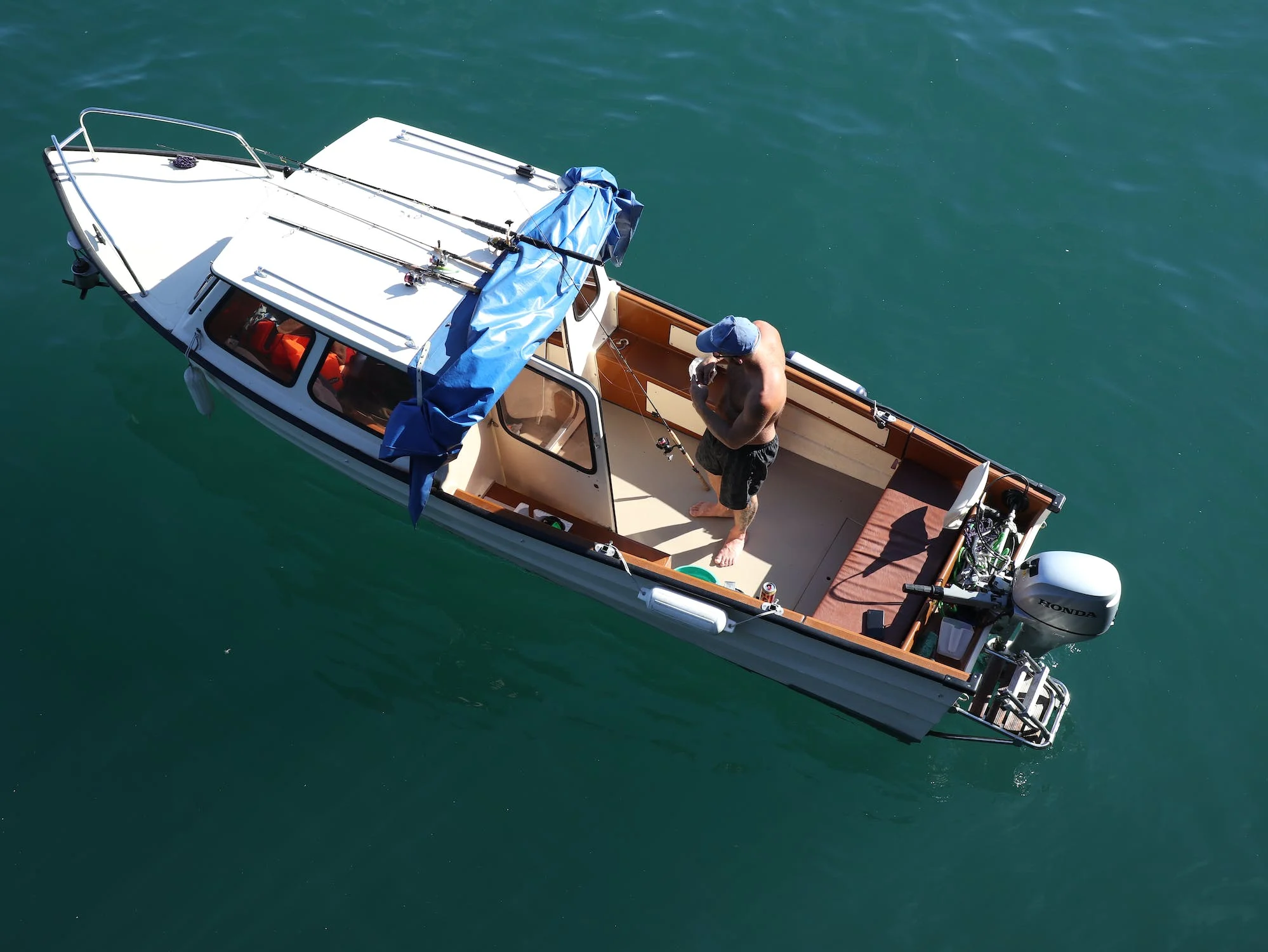
In conclusion, muskies are game fish built for strength and speed. Over time, catching a musky has become a bragging right that sets you apart from other anglers. This is because muskellunge fish are generally hard to hook, trick, and, most importantly, impossible to predict. It is very challenging to get a musky to bite your lure because they can do acrobatic jumps and can, therefore, easily swerve away from the hook.
To say the least, musky fishing is not for the weak. You need to be strong-willed, patient, and skillful when earning your catch. Don't worry, though; with proper training and great baits at hand, you will soon have this large fish in your boat in no time. You can also use some baits to increase your chances. However, be sure to coordinate the bait or lure size with the time of year, as they vary from season to season. For instance, during the Fall, musky fishing is great by using larger baits. In the Spring, smaller baits should work well because the cold water can make the fish a little bit sluggish.
No matter what the season, anglers ought to utilize a wire leader to try not to lose their lure to a musky fish.
